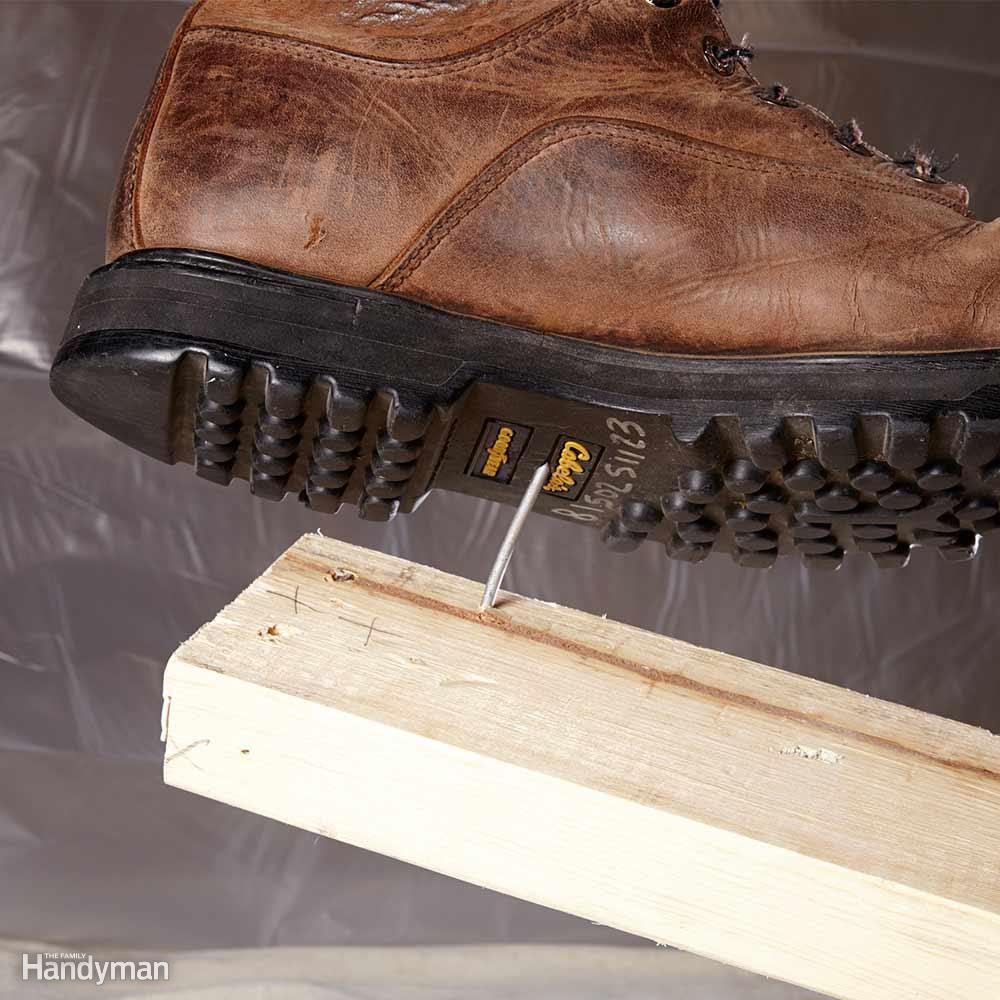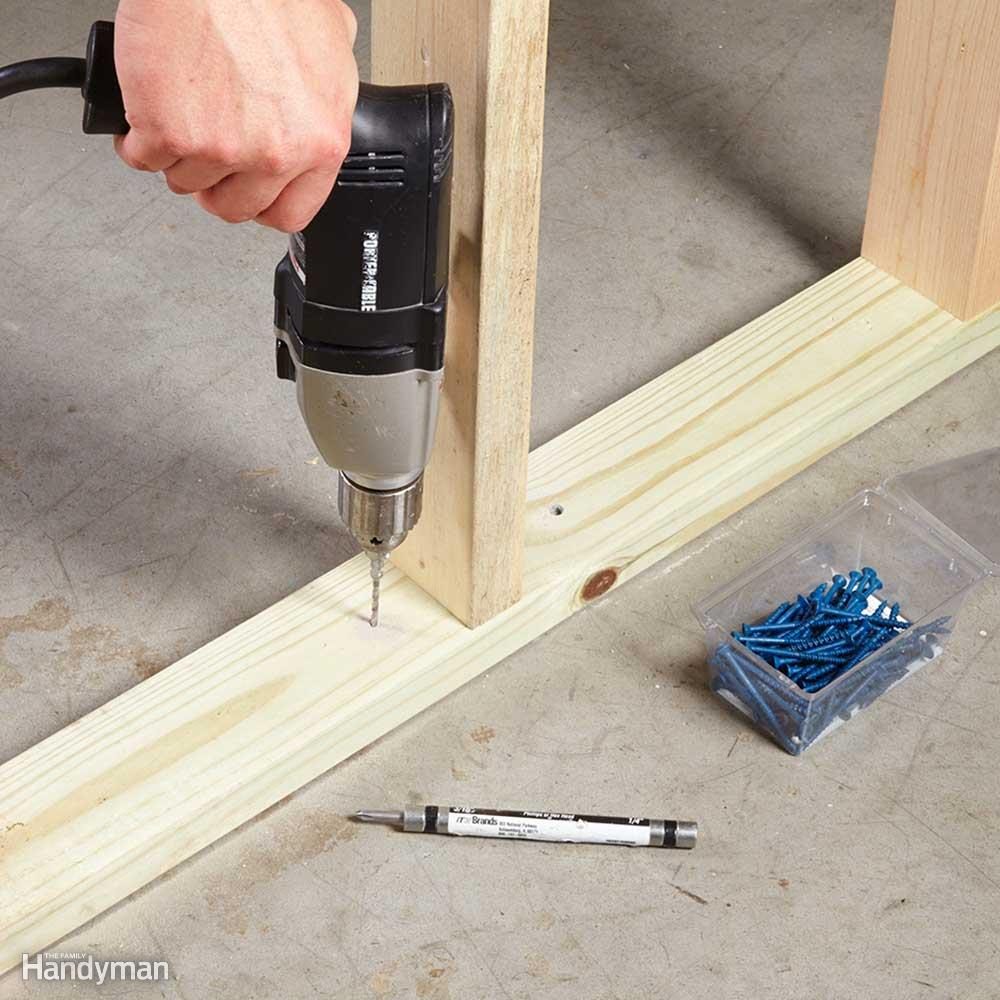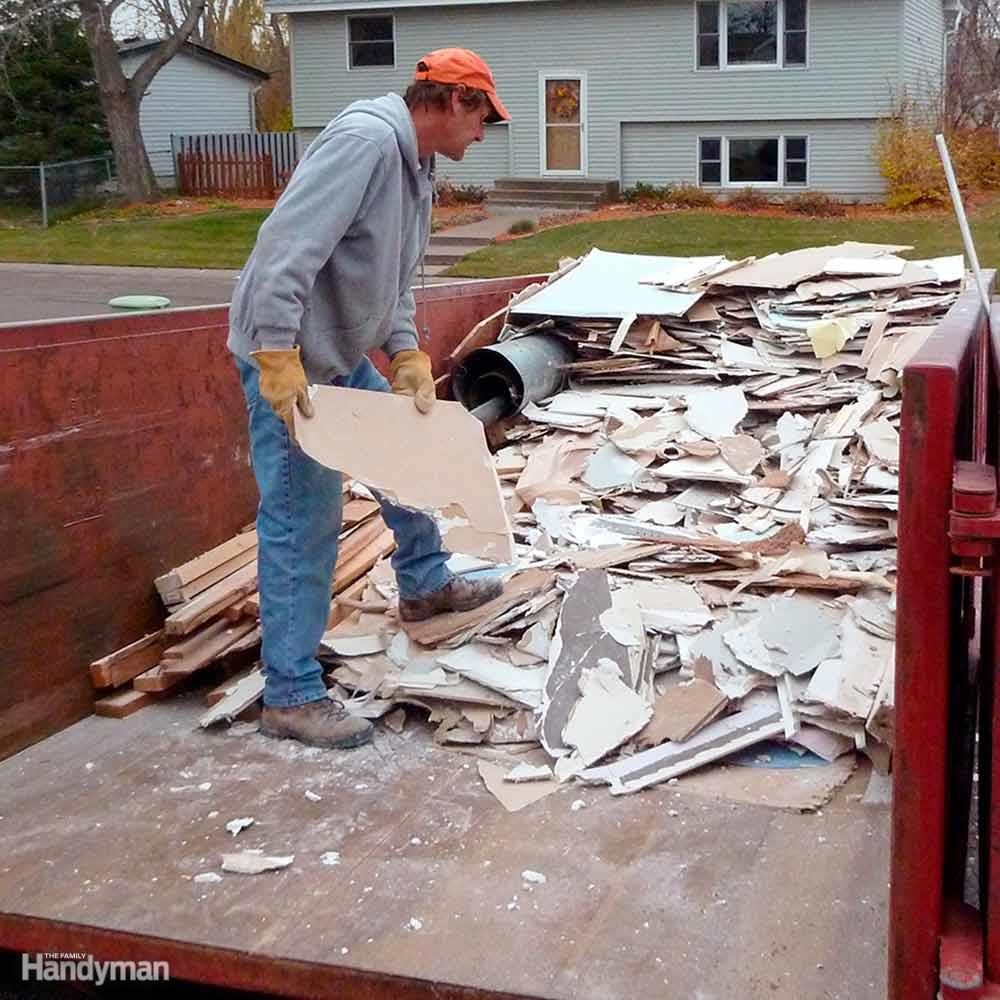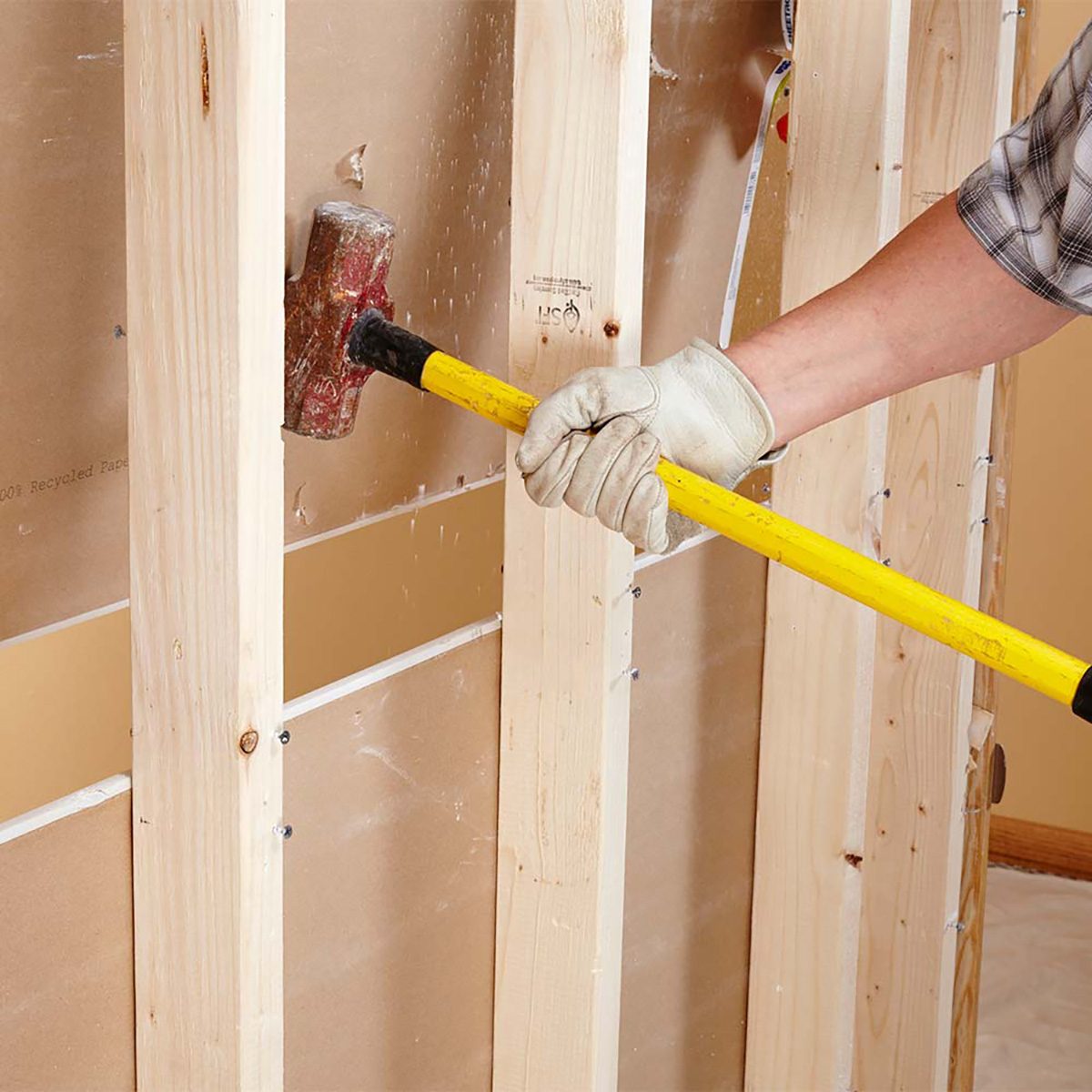Separate your timber

When you unload timber at a job site, set the studs, top plates and bottom plates in different piles. That way, every time you start a new wall section, you won’t have to move 20 studs to grab the top plate buried at the bottom of the pile. Also, moving timber from one side of the room to the other is not an efficient use of time, so make sure your pile is located in a close but out-of-the-way location.
Pull those nails

A good rule of thumb: “Never let a chunk of timber leave your hand until you’ve dealt with the nails.” If you’re going to reuse timber from a demo job, make sure you pull the nails right away. If you aren’t going to reuse the wood, just bend the nails over. Stepping on a nail is a bad way to remember that it’s been 10 years since your last tetanus shot.
Faster concrete fastening

A concrete screw installation tool allows you to use one tool without having to switch between a masonry bit and a screw-driving bit. Just drill the hole and slip the driver shaft over the masonry bit and then sink the screw. If you have a bunch of concrete fasteners to install, it’s definitely worth the money.





